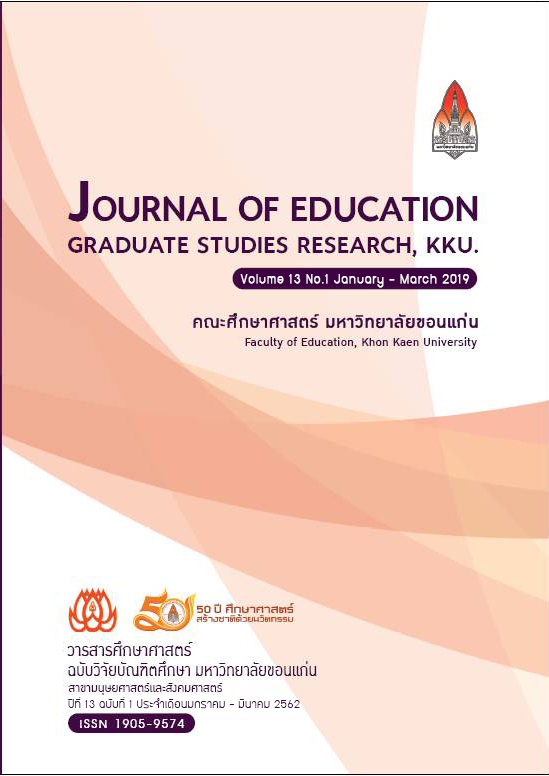Using Powerpoint Media in Social Science Subjet on Introducing 34 Provinces in Indonesia to Elementary Deaf Students in Special School (SLB) Muhammadiyah Palu
Main Article Content
Abstract
The main problem in this research is how to use a fun learning media in order to grow students’ interest in learning more about Social Science subject especially in recognizing the provinces in Indonesia. In Palu, students’ achievement level is still below the average of minimum passing grade which is 70%. Deaf are those living with hearing impairment caused by damage to hearing organ so that they find it difficult to hear. In the process of learning and understanding for deaf children, visualization will be more effective for them.
This research is a classroom action research (CAR) using qualitative methods. The study design referred to the Kemmis and Taggart model which consists of four components: planning, acting, observing and reflecting. The data collected in this study were obtained using the observation checklist, field notes and students’ learning outcomes through the individual test.
The results showed that the use of PowerPoint media in the learning process of Social Science subject on introducing 34 provinces in Indonesia could improve Deaf students’ learning outcomes in SLB-ABCD Muhammadiyah Palu. It was shown from the classical learning completeness which increased 40%—from 40% in the first cycle to 80% in the second cycle. The results of observation of students in learning activities also increased by 11.5%—from 68.5 in the first cycle to 80% in the second cycle.
Based on these results, using Power Point media in learning social studies for the Deaf students can be the best alternative for further teaching and learning activities.
Article Details
References
Anggraeni, Nuriana. (2009). Meningkatkan Hasil Belajar IPS melalui Penerapan Metode Problem Solving di MTs N Bantul. Skripsi, tidak diterbitkan, Universitas Negeri Yogyakarta, Yogyakarta.
Astutik, Endang Puji. (2010). Metode Maternal Reflektif untuk Meningkatkan Kemampuan Berbicara Anak Tunarungu Kelas 3 SLB-B Widya Bhakti. Skripsi, tidak diterbitkan, FKIP Universitas Sebelas Maret Surakarta, Surakarta.
Effendi, Muhammad. (2006). Pengantar Psikopedagogik Anak Berkelainan. Jakarta: PT. Bumi Aksara.
Hamalik, Oemar. (1989). Metodologi Pengajaran Ilmu Pendidikan Berdasarkan Kompetensi. Jakarta : Rajawali.
Hamalik, Oemar. (1994). Media Pembelajaran (Cetakan ke -7). Bandung : PT. Citra Aditya Bakti.
Marwanto. (2013). Penggunaan Media PowerPoint dalam Meningkatkan Hasil Belajar IPS Siswa Tunarungu. Skripsi. FKIP Universitas Muhammadiyah Palu.
Salim, Mufti. (1984). Pendidikan Anak Tunarungu. Jakarta : Depdikbud.
Satria. (2011). PowerPoint-2007. Diambil pada tanggal 02 November 2012, dari Http://wariorsatria.wordpress.com/2011/09/21/PowerPoint-2007.html.
Soemantri, Sutjihati. (1996). Psikologi Anak Luar Biasa. Jakarta : Depdikbud.
Sugiyono. (2008). Metode Penelitian Kuantitatif, Kualitatif dan RND. Bandung : CV. Alfabeta.
Tirman, (2012). Media Pembelajaran. Diambil pada tanggal 16 November 2012, dari Http://tirman.wordpress.com/media-pembelajaran/online.html.
Wibawa, Basuki. (2003). Penelitian Tindakan Kelas. Jakarta : Depdiknas.

